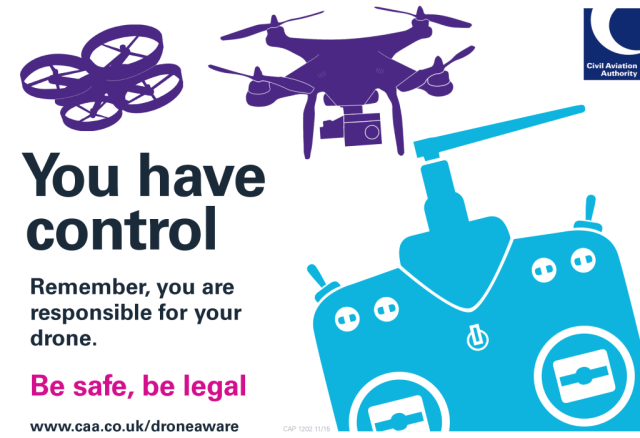Updated Regulations to Foster Safe Drone Sector Growth
The UK Civil Aviation Authority (CAA) has announced a series of regulatory updates for the drone industry aimed at enhancing safety and supporting growth. Following a comprehensive consultation period, these measures are set to simplify existing rules and encourage responsible drone usage.
The proposed changes include:
- Clearer Regulations: The existing categories within the ‘Open’ category will be renamed for improved clarity. Exemptions for ‘toy’ drones will be replaced with a new weight limit of 100g.
- Educational Requirements: Mandatory Flyer ID training will be extended to operators of drones exceeding 100g, alongside enhancements aimed at making guidance easier to understand.
- Product Standards: Introduction of class-marking for drone manufacturers to elevate safety and security from the manufacturing stage.
- Remote ID Implementation: Mandatory Direct Remote ID will require drones to transmit their identification and location data.
- Transitional Arrangements: Adequate time will be provided for operators to switch to class-marked drones, and flexible pathways for manufacturer approvals will be established.
- Operational Continuity: Most users will retain the ability to operate their drones as per current regulations.
Most existing rules concerning safe flying practices will remain unchanged according to the UK Dronecode, ensuring familiarity for drone operators.
Kevin Woolsey, Head of Remotely Piloted Aircraft Systems at the CAA, stated, “These modifications are a significant advancement towards a regulatory framework that adequately prepares us for the future—promoting safe and responsible drone use while facilitating sector innovation.” He added that the aim is to position the UK as a leader in unmanned aircraft regulation.
The updates emerge from substantial engagement with the drone community, culminating in approximately 3,500 public responses to the earlier consultation. The CAA is now set to work with the Department for Transport (DfT) to formalize these legislative updates and communicate the specifics to stakeholders.













